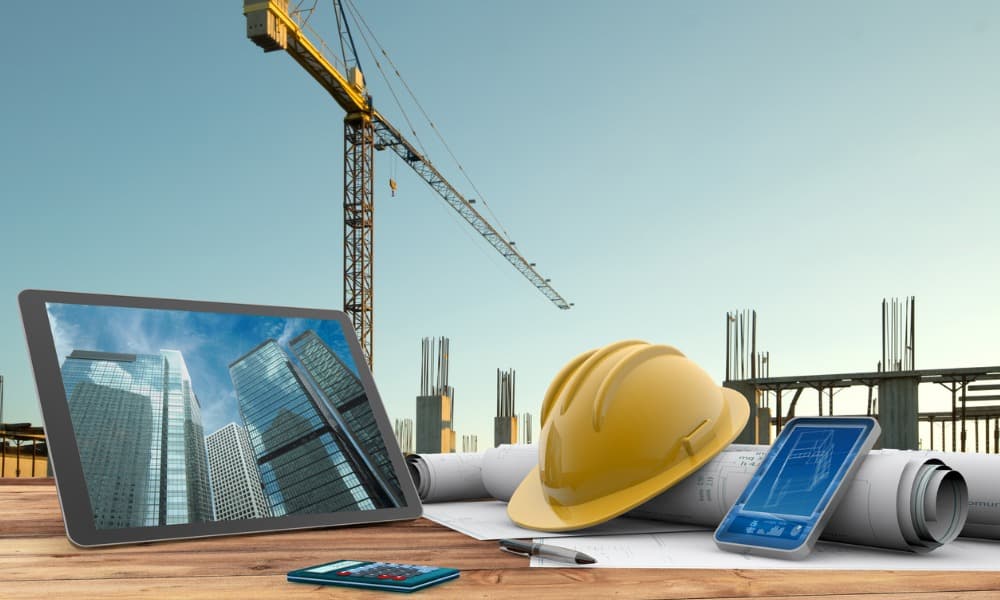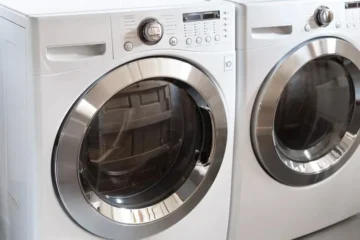The production industry has witnessed an awesome transformation in recent years, driven with the aid of the emergence of superior materials that now not handiest meet the demands of present-day architecture but also address vital demanding situations including sustainability, price performance, and durability. As city landscapes hold to adapt, construction professionals are leaning on innovative substances that are reshaping the destiny of homes and infrastructure. This blog explores how those substances are revolutionizing the construction zone and setting the muse for a greater sustainable and green future.
The Shift Towards Advanced Materials in Construction
In the present-day fast-paced global, the development enterprise faces numerous demanding situations, together with the want for a quicker mission of entirety, extra durability, and eco-friendliness. Advanced substances have emerged as a solution, imparting more suitable residences that conventional substances really can not in shape. These substances encompass excessive-overall performance concrete, nanomaterials, smart composites, and greater. The upward thrust of that technology isn’t just about keeping up with present-day developments but addressing the worldwide push closer to sustainable city development.
Construction Services in Oman, for instance, have begun incorporating superior materials into their projects to meet both nearby and global building standards. As environmental regulations tighten and expectations grow for energy-green systems, advanced substances are becoming a staple of the enterprise.
Sustainable Building Materials: A New Era
Sustainability is not a buzzword; it’s a demand. With increasing pressure to lessen carbon footprints, the development enterprise is popping to sustainable substances that minimize environmental impact. One of the maximum top-notch examples is recycled metal. Unlike traditional metallic manufacturing, which is energy-intensive and aid-draining, recycled steel requires much less electricity and reduces waste.
Bamboo is another sustainable alternative gaining traction. As a quick-developing, renewable aid, it has been used in numerous creation packages, providing each power and flexibility. Reclaimed wood is likewise making a return, imparting a green opportunity to newly harvested wood even as including unique aesthetic value to trendy designs.
Biodegradable materials are a thrilling frontier in sustainable construction. These materials damage completely, minimizing lengthy-term environmental impact. Using substances like mycelium (derived from mushrooms) and bioplastics can dramatically reduce waste generated from creation initiatives, pushing the industry closer to greener practices.
High-Performance Concrete and Its Benefits
Concrete remains the spine of contemporary production, but advancements in its composition are making it more green and sturdy than ever. One of the leading innovations is ultra-high-overall performance concrete (UHPC). UHPC gives superior energy and durability compared to traditional concrete, bearing in mind thinner slabs and extra flexible architectural designs. This high-overall performance material also reduces maintenance wishes, translating into lengthy-term price financial savings for developers.
Self-recovery concrete is another game-changer. As the call shows, this fabric can repair cracks that shape over the years, extending the lifespan of systems and reducing the want for common repairs. By incorporating tablets full of recuperation dealers, this innovative concrete responds to harm automatically, ensuring that systems remain strong and resilient for years yet to come.
Smart Materials and Their Role in Future Construction
As the era advances, the development enterprise is exploring using smart substances that could adapt to their surroundings. These materials can respond to external stimuli like temperature changes, humidity, or maybe strain. Smart materials provide vast blessings in phrases of energy efficiency and structural integrity.
For instance, form-memory alloys are being used in the design of earthquake-resistant buildings. These materials can “don’t forget” their authentic form and return to it after being deformed, making sure that systems can resist seismic pastime greater efficiently.
Temperature-regulating materials are any other region of improvement. These substances can alter their homes primarily based on environmental situations, supporting to hold the finest indoor climates without relying heavily on heating, ventilation, or air conditioning structures.
Nanotechnology and Its Transformative Impact
Nanotechnology is revolutionizing construction by enhancing the performance of conventional substances. Nanomaterials consisting of nanoclays and nanocoatings are making homes more long-lasting, fire-resistant, and strength-green. Nanoclays, for instance, can enhance the fire resistance of building materials, decreasing the danger of catastrophic damage.
Nanocoatings are being implemented in home windows and facades, supplying self-cleansing residences and UV safety. This now not simplest reduces preservation prices but additionally contributes to electricity savings by improving insulation and lowering the warmth switch. With these improvements, nanotechnology is assisting in creating smarter, more resilient homes that could better withstand environmental stressors.
The Role of three-D Printing and Prefabrication
The upward push of 3-D printing in creation is one of the most interesting tendencies in recent years. This era permits the creation of complicated, custom-designed additives with minimal waste. Three-D-revealed materials are not simplest extra price-powerful but also reduce the environmental impact of construction using using fewer raw materials and reducing shipping wishes.
Prefabrication, on the other hand, permits for constructing additives to be synthetic off-web pages and then assembled on-web sites. This technique enhances precision and accelerates production timelines, which is essential in today’s rapid-paced industry. Prefabrication additionally notably reduces the waste generated on websites, contributing to more sustainable production practices.
Energy-Efficient Insulation Materials
In the hunt for power-green homes, insulation performs an essential role. Advanced materials together with aerogels and phase-converting materials (PCMs) are revolutionizing insulation systems. Aerogels, which might be extraordinarily lightweight and feature low thermal conductivity, offer superior insulation residences without adding huge weight to the structure.
Phase-changing materials can soak up and launch thermal energy, regulating indoor temperatures and decreasing the need for synthetic heating or cooling. By improving insulation, those advanced substances can considerably cut down on power intake, lowering each operational price and environmental impact.
Green Concrete and Carbon Capture Materials
In response to growing environmental concerns, researchers have evolved inexperienced concrete that includes carbon-shooting aggregates. This concrete now not only provides the structural integrity wished for modern buildings but additionally actively absorbs carbon dioxide from the ecosystem, supporting to mitigation of the impact of production on the environment.
Carbon seize and garage (CCS) substances are some other modern answers gaining attention. These materials entice and save CO2, decreasing emissions at some point in the construction technique and over the lifetime of the building. By incorporating CCS into creation projects, the enterprise can make contributions to worldwide efforts to attain internet-zero emissions objectives.
Additionally, corporations offering Galvanized Steel Pipe for Sale are starting to see calls for products that provide greater sturdiness and resistance to corrosion. These superior materials are being included in the inexperienced construction zone, providing lengthy-term sustainability whilst ensuring structural integrity.
Challenges of Implementing Advanced Materials
Despite the promising blessings of superior materials, there are challenges to substantial adoption. High initial costs, limited cognizance, and the conservative nature of the construction industry are some of the obstacles to implementation. Additionally, logistical and regulatory hurdles can slow the mixing of recent substances into large-scale tasks.
However, as extra corporations and governments recognize the lengthy-term blessings of advanced materials, these limitations are slowly being addressed. Increased funding in studies, coupled with incentives for sustainable construction practices, will possibly accelerate the adoption of this technology.
Conclusion
The creation industry is undergoing a profound transformation, driven by advancements in substances that provide advanced performance, sustainability, and performance. From recycled metal to nanotechnology, those innovations are laying the inspiration for a greener, greater resilient future. With persistent investment in studies and development, the usage of superior materials will now not most effective come to be more effective but also crucial for constructing the towns of the following day.
Keep an eye for more news & updates on Hints!



